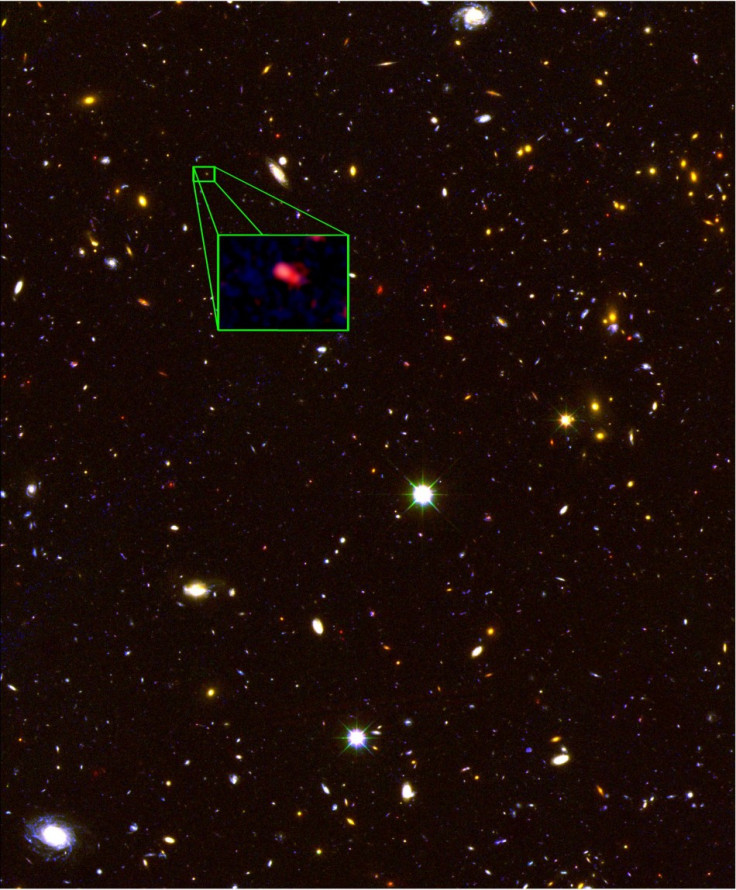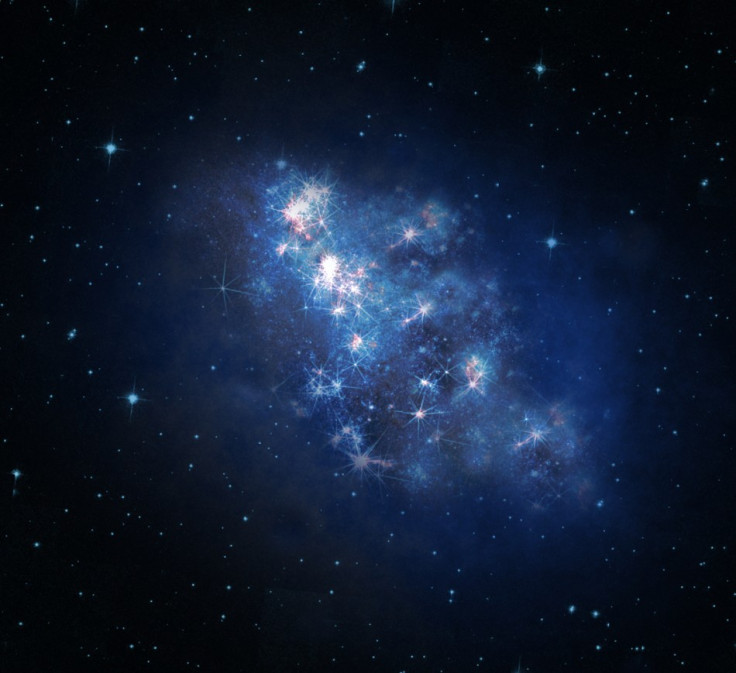Hubble Telescope Photographs Most Distant Galaxy Ever Discovered

Astronomers have found the furthest galaxy ever discovered 13 billion light years away using a Hubble telescope.
The galaxy is the most distant ever to be found and it was photographed as it was 700 million years after the Big Bang, when the universe was around five % of its current age, 3.8 billion years.
Astronomers from the University of California, Riverside, published their findings in the journal Nature.
Bahram Mobasher and Naveen Reddy, along with astronomers from University of Texas at Austin, Texas A & M University, and the National Optical Astronomy Observatories, identified the galaxy using deep optical and infrared images taken by the Hubble Space Telescope.
They identified around 100,000 galaxies and selected several candidates that appeared furthest away due to their colours.
To measure the distance, the astronomers used a practice known as spectroscopy. They looked at how much the wavelength of a galaxy's light has shifted towards the red end of the colour spectrum as it travels to Earth - a
The phenomenon, known as redshift, sees the galaxy becoming redder the further its light has to travel due to the expansion of the universe.

Mobasher explained that when we look at distance objects, we see them as they appeared in the past. As the object gets further away, the further into the past these observations become.
"By observing a galaxy that far back in time, we can study the earliest formation of galaxies," he said. "By comparing properties of galaxies at different distances, we can explore the evolution of galaxies throughout the age of the universe.
"What makes this galaxy unique, compared to other such discoveries, is the spectroscopic confirmation of its distance."
They found the galaxy using an instrument that is designed to detect infrared light. After performing spectroscopies on several of the candidates, they were able to determine which galaxy was furthest away.
The most distant galaxy, named z8-GND-5296, was found to be forming stars extremely rapidly, a feature common to another distant galaxy previously identified in the same region of sky.
Project leader Steve Finkelstein said: "There are way more regions of very high star formation than we previously thought. There must be a decent number of them if we happen to find two in the same area of the sky."
Mobasher added: "By the end of this decade we should expect to find many more such galaxies at even larger distances, allowing us to witness the process of galaxy formation as it happens."
© Copyright IBTimes 2025. All rights reserved.






















